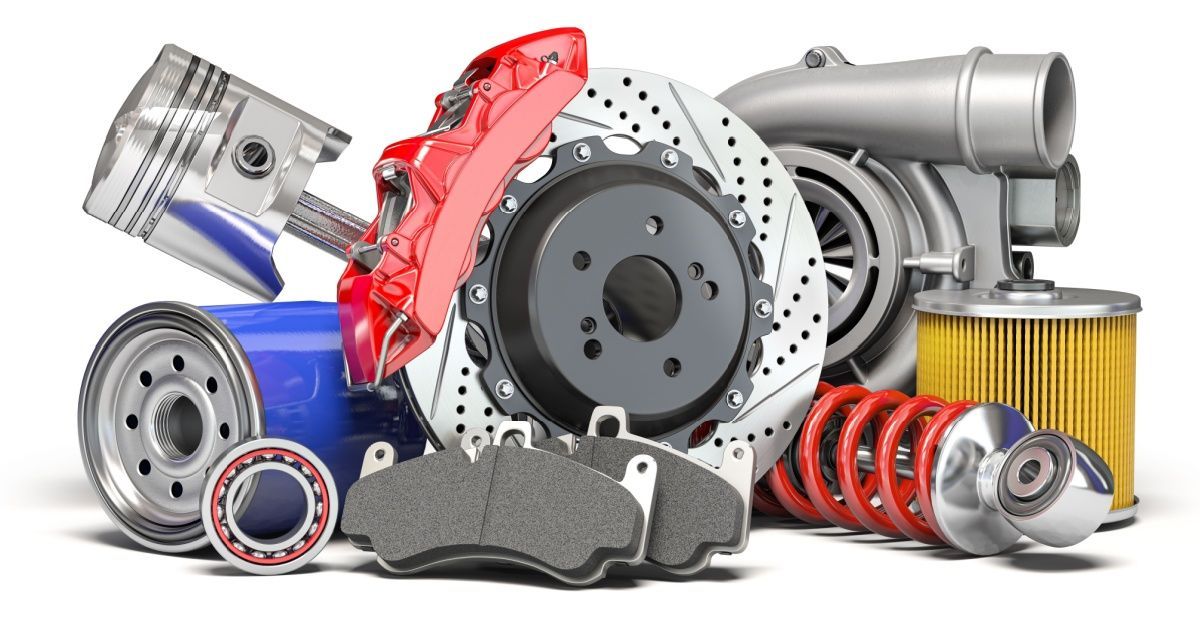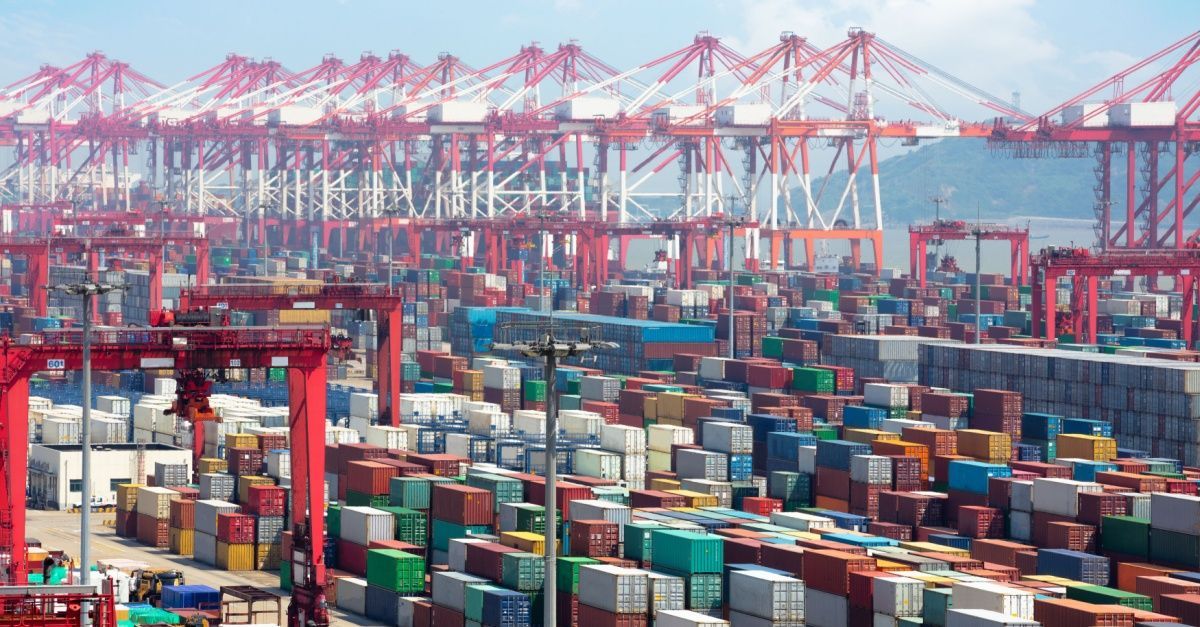Trucking’s Balancing Act: Surging Used Truck Sales, Rising Driver Pay & Regulatory Roadblocks
Blog Post CTA
Used Class 8 truck sales are increasing, with July seeing a nearly 17% year-over-year increase to 22,800 units. The increased sales are spearheaded by younger truck models, even as credit conditions impact demand for older truck models. Although prices are below last year's levels, there was a slight uptick from June.
Saia continues seeing sizeable volume growth one year after Yellow Corp’s demise. This happens amid the
industry's prolonged struggle to exit the freight recession. Although year-over-year growth rates have slowed, current freight rates are still notable by historical measures — all this, and much more, in this edition of the newsletter.
Used Class 8 Truck Sales Surge in July, Showing Signs of Market Stabilization
In July 2024, used Class 8 truck sales saw a substantial year-over-year increase of nearly 17%, reaching 22,800 units. However, prices are nowhere near last year's levels, tallying 14% lower, according to ACT Research. This spike in sales is due to a turnaround in June that has continued into July, hinting the market might be making a comeback that’s long due.
Prices for trucks six years or under have appreciated, while those more than six years old have depreciated. Experts believe there are several reasons, the chief of which are tightening credit conditions and insurance.
July was a strong month for some industry players. Businesses like Mission Financial Services reported 30% growth in financing, although momentum slowed in August. Ritchie Bros. also reported solid transportation equipment sales, though it remains a buyer's market compared to the high demand in 2021-2022.
Upcoming regulations, like the Advanced Clean Truck and Low NOx rules, are already prompting pre-buys, adding complexity to the
used truck market's future outlook. Experts are optimistic but cautious about market trends as inflation and future emission regulations create uncertainty.
Saia Continues to Grow Amid Tough Comparisons and Freight Recession Challenges
A year after Yellow Corp's exit from the market, the less-than-truckload industry leader is still going strong and seeing volume growth. The first two months of Q3 in 2024 saw Saia's tonnage per day increase by 6.6% year over year, which was driven by an 8.5% rise in shipments, although shipment weights fell by 1.8%. August outpaced July's 5% rise, ending up with an 8.2% year-over-year increase in tonnage.
The LTL carrier has also expanded its network by acquiring 28 of Yellow's terminals for $236 million, reopening several locations, and planning to launch 18-21 new service centers in 2024.
Although the freight mix has shifted toward lighter, lower-margin retail shipments, its yield (revenue per hundredweight), excluding fuel surcharges, rose nearly 9% in Q2.
However, the LTL carrier expects margin pressure in Q3 due to cost challenges from its new terminals.
California Small Businesses and Local Governments Oppose New Warehouse Regulations in AB98
The trucking industry continues to grapple with regulations impacting almost all aspects of the operation. The California small business sector, supported by the local government, is pushing back on Assembly Bill 98 (AB98), which proposes new state-level regulations for warehouse siting and expansion.
It is currently awaiting Gov. Gavin Newsom's decision. If passed into law, it will require cities and counties to create trucking routes and impose restrictions on new warehouse developments, including truck route plans and environmental standards. However, current or existing warehouses are exempt and will only be impacted if they seek expansion.
Business groups claim the bill could impact supply chain jobs and the economy, especially in the Inland Empire, where many large warehouses are located. On the other hand, local governments are backing the opposition through the small business sector because it undermines their authority in land-use decisions.
The AB98, which was passed rapidly, caught the opponents off guard. While it includes some accommodations for local concerns, many groups believe further amendments would be necessary if the bill is signed into law.
Trucking Industry Boosts Driver Pay Despite 2023 Freight Recession
According to the American Trucking Associations (ATA), the trucking industry continued to increase driver pay despite a freight recession in 2023. The ATA's Driver Compensation Study revealed that truckload drivers earned a median annual income of $76,420, a 10% increase from 2021.
This pay rise reflects the industry's strong demand for qualified drivers despite the sector's current downturn. The study also noted a shift from recruitment-focused incentives, such as sign-up bonuses, to retention efforts, with more carriers offering tenure bonuses.
While less-than-truckload (LTL) drivers also saw pay increases, their growth rate slowed compared to previous years.
ATA Chief Economist Bob Costello expressed cautious optimism about the freight market's recovery, with some signs that the market may have hit bottom. However, expectations remain tempered for any significant growth in the near term.
LTL Carriers See Volume Decline in August, But Yields Remain Strong
Less-than-truckload (LTL) carriers XPO and Old Dominion reported lower shipment volumes in August than the previous year. However, the companies maintained positive yield results. For XPO, the company cited a "soft" August but remains confident in its margin expansion outlook due to favorable yield trends.
Old Dominion attributed its decline to a sluggish economy and lower fuel surcharges. LTL carrier Saia defied the odds and reported a year-over-year increase in tonnage for August, although it's experiencing a shift in freight mix toward lower-margin categories.
Overall, while LTL volumes are down, yields remain strong,
signaling potential stability in the market.
Manufacturing Slumps Further in August as Production and New Orders Fall
According to the Institute for Supply Management (ISM), the manufacturing sector's struggles continued in August, with production levels dropping to their lowest since May 2020. The ISM's Purchasing Managers' Index (PMI) slightly rose to 47.2% but remained below the 50% threshold, indicating the industry's continued contraction.
Production dropped to new lows, reaching 44.8%, the lowest in over three years. New orders also saw significant declines, and the backlog of orders has diminished, leading to reduced staffing levels and ongoing layoffs.
The S&P Global PMI also shows a decline, falling to 47.9 and marking the first decrease in production in seven months. Due to the gloomy outlook of falling demand, unsold stock, and reduced new orders, manufacturers hesitate to commit to new projects.
Both reports reflect deepening challenges for the sector, worsened by elevated inventories and reduced sales.
U.S. West Coast Ports Join Federal Data Initiative to Enhance Supply Chain Visibility
After the Port of Oakland and Northwest Seaport Alliance (Seattle and Tacoma) joined the effort, all major U.S. West Coast container ports are now a part of the FLOW initiative. The ports, along with the Port of Los Angeles and Port of Long Beach, which had enrolled prior, handle about 95% of West Coast inbound container volume.
The Freight Logistics Optimization Works (FLOW), led by the Department of Transportation, aims to enhance data-sharing among over 170 shippers, carriers, and supply chain stakeholders to improve freight visibility and reduce port congestion.
Although companies like Home Depot and C.H. Robinson have benefited from the initiative, it's not so much for other participants. They are now calling for more comprehensive data to further streamline decision-making.
Navigating the Freight Market With Entourage Freight Solutions
Entourage Freight Solutions has an extensive background and expertise in food service logistics. The company’s unique strategy, honed in the food supply chain, ensures an unmatched service level and extreme attention to detail in meeting all our shippers’ needs.
EFS can achieve a higher service level on all movements by approaching every shipment, whether shelf-stable or not, with the same care and consideration as the regulation-laden food supply chain industry. The company leaves nothing to chance when moving your products, from tracking all legs of transportation and driver activity to maximizing available capacity without sacrificing quality.
EFS platforms leverage the latest cloud-based, GPS-enabled technologies. They can track drivers regardless of location, continuously reroute shipments based on the dynamics at play, such as weather or traffic, and account for real-time changes in market rates. At Entourage Freight Solutions, we offer a broad range of unsurpassed services. These include:
Full Truck Load (FTL): For shipment requiring a dedicated whole truckload.- Less than truckload (LTL): For companies moving multiple LTL shipments to different locations or consolidating LTL goods from other companies to get a lower all-in rate.
- Refrigerated Trucking: Leveraged to avoid spoilage and damage to temperature-sensitive goods.
- Cross Docking: With locations in Shelby, Ohio, Cedar Rapids, Iowa, and Romulus, Michigan, that serve as cross-docks for strategic consolidation, storage, and end-to-end distribution programs.
Request a quote today to see how Entourage Freight Solutions can help with your freight movement and other supply chain needs.









